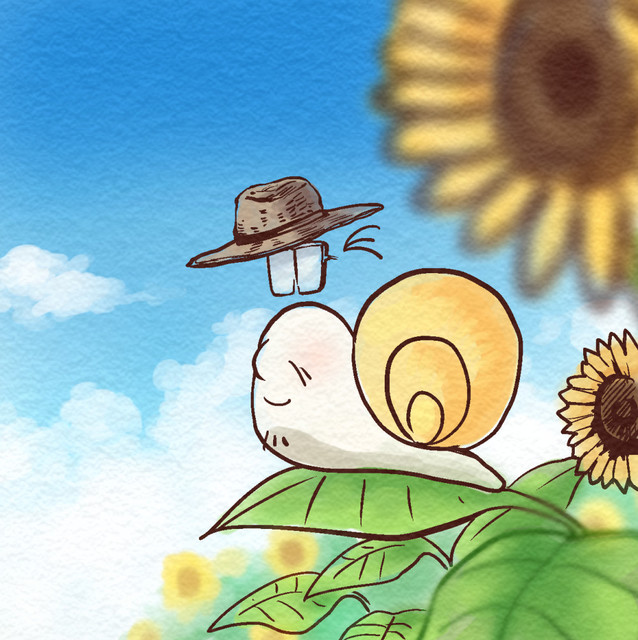2.
Yet the fact that emotions such as these may have evolved for useful reasons does not mean that they inevitably play a productive role in modern life. For example, impulsive violence leads to imprisonment, and hostility is bad for one’s health. In one study, 255 medical students took a personality test measuring their levels of hostility, then twenty-five years later their health was analyzed. It was found that the most aggressive students had experienced five times more heart problems than those who were less hot-headed.
[設問]
33. How is paragraph 2 related to paragraph 1?
a. It provides contrastive information.
b. It provides alternative information.
c. It provides supportive information.
d. It provides illustrative information.
34. What does paragraph 2 imply?
a. Hostility is bad for the heart.
b. It is good to express natural emotions.
c. Every evolved trait has a use in modern life.
d. Aggression is common among medical students.
35. Referring to the phrase underlined in paragraph 2, people who are “hot-headed”
a. can easily become ill.
b. are quick to get angry.
c. are quick to lose focus.
d. can easily be satisfied.
【解答・解説】
[番號付英文]
2.1 Yet the fact that emotions such as these may have evolved for useful reasons does not mean that they inevitably play a productive role in modern life.
2.2 For example, impulsive violence leads to imprisonment, and hostility is bad for one’s health.
2.3 In one study, 255 medical students took a personality test measuring their levels of hostility, then twenty-five years later their health was analyzed.
2.4 It was found that the most aggressive students had experienced five times more heart problems than those who were less hot-headed.
[設問]
33. How is paragraph 2 related to paragraph 1? (第2パラグラフは第1パラグラフとどう關聯してゐるか。 ※パラグラフの趣旨の把握とパラグラフ構成の意圖の把握を問うてゐます。第1パラグラフでは、私たちの感情が種としての存續に貢獻するとし、「マイナス感情/否定的感情」について同様であると述べてゐます。Yet ではじまる第2パラグラフでは、現代生活では必ずしも同樣とは言へない一面があると述べられてゐます。)
a. It provides contrastive information. (第2パラグラフは、第1パラグラフとは對照的な[/對比的な]情報を提供してゐる。)
b. It provides alternative information. (第2パラグラフは、第1パラグラフにとつて代はれるやうな[/の代替]情報を提供してゐる。)
c. It provides supportive information. (第2パラグラフは、第1パラグラフを支持する情報を提供してゐる。)
d. It provides illustrative information. (第2パラグラフは、第1パラグラフの内容の例證[/説明]となる情報を提供してゐる。)
34. What does paragraph 2 imply? (第2パラグラフが含意してゐるのは何か。)
a. Hostility is bad for the heart. (敵意は心臟に惡い。)
b. It is good to express natural emotions. (自然な感情を表明することは良いことである。)
c. Every evolved trait has a use in modern life. (あらゆる進化した特質は、現代生活において使ひ道がある[/役立つ]。)
d. Aggression is common among medical students. (攻撃性向は、醫學生にはよく見られる[/一般的である]。)
35. Referring to the phrase underlined in paragraph 2, people who are “hot-headed” (第2パラグラフで下線を施した言ひ囘しに關して言へば、「hot-headed」である人は……[人のことである]。 ※語彙力といふよりは、文脈把握にもとづく「類推力」を問うてゐるやうに見えます。また語句や表現をさまざまに變化させて讀者の理解を促してゆく英語の特徴も參考になります。)
a. can easily become ill. (病氣になりやすい)
b. are quick to get angry. (短氣な[/我武者らな])
c. are quick to lose focus. (すぐ氣が散る)
d. can easily be satisfied. (滿足しやすい)
[解答]
33. a
34. a
35. b
[語句・構文等]
2.1 同格: that節が直前の名詞 the fact を説明してゐます。
2.1 部分否定: not は that節の中の inevitably を修飾し、「~となるとは限らない」といつた部分否定的な意味を表はします。
2.1 such as ~ 例へば~など
2.1 play a role in ~ ~で役割を果す
2.2 for example たとへば
2.2 lead to ~ (事が)(ある結果:~)に到る
2.4 preparatory it(形式主語): 眞主語は that節です。
2.4 言換: hot-headed は「短氣な」「怒りつぽい」「がむしやらな」といつた意味ですが、ここでは aggressive を言ひ換へて使つてゐるやうに思はれます。上記のやうに、讀者の理解を促してゆく一面に加へ、繰り返しを避けて文體に變化をつける修辭的な技巧といふ面もあらうかと思ひます。
[意味把握チェック]
2.1 けれどもかうした感情が實用的な理由で徐々に發達したのかもしれないといふ事實により、それらが現代の暮しで生産的な役割を果すとは必ずしも言へない。
2.2 たとへば、一時的な感情に驅られた暴力は投獄につながり、敵意は健康に惡い。
2.3 ある研究では、255人の醫學生が敵意の水準を測定する性格檢査を受け、それから25年後に彼らの健康状態が分析調査された。
2.4 最も攻撃的な(水準の)醫學生たちは、比較的怒りつぽくない(/それほど攻撃的でない)(水準の)醫學生たちに比して5倍多くの心臟問題を經驗してゐたことが判明した。















